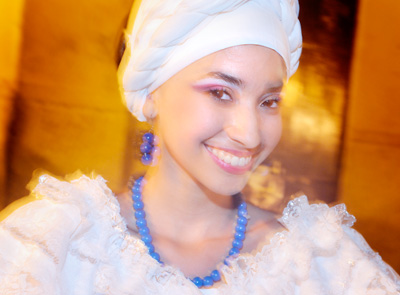
A wedding of two friends in Cartagena last week was a good excuse to end the vacation drought my wife and I have been in. We’d been working non-stop for about 18 months and whenever a getaway window opened we’d manage to slam it shut for one reason or another. So, when the couldn’t-say-no-because-we’d-help-bring-them-together invite to the boda in Colombia came, we jumped at the chance.
I couldn’t leave work behind completely, though, so I pitched a travel story to local magazine, packed a camera bag and booked a room in a luscious hotel fronting the Caribbean at a wedding rate that was 60 percent of rack.
Cartagena has hit the travel-writing radar lately. The New York Times just did a 36-hours-in-Cartagena piece, as did Travel & Leisure, which called it:
” … one of the prettiest cities anywhere: Imagine Havana with a fraction of the population, or San Juan or New Orleans without the sophomores on spring break. It’s both crumbling and majestic.”
I agree with all that, and would add that Cartagena is also home to some of the most beautiful human beings — women and men — I’ve ever seen. Skin colors range from the deep cocoas of the Afro-Caribbeans, to the mochas of the native South Americans, to the near ivory blanco of descendants the European pirates who pillaged the Colombian coast for centuries.
The dancer above was one of a troupe who accompanied the wedding party on its short walk back from the (blessedly air-conditioned) Iglesia Santo Toribio to the Sofitel Santa Clara Hotel. (The photo was shot with an SB800 on camera, using balanced TTL and rear-curtain shutter.)
The old-walled city of Cartagena was beautiful and a delight to photograph. The newer sections of town (where most people live) was a standard Latin America mix — flourishes of prosperity set amid wider pockets of poverty. The beaches were wide, the sand heavily tramped down (except on the outlying Islas del Rosario), and the water 80 degrees.
Fish fresh from the sea dominated menus — robalo, mero and, especially, pargo (red snapper). Street vendors fried up crunchy corn fritters called arepas, some filled with eggs, cheese and meat. Eating one was not an option.
Nothing, though, beat colder-than-cold limonadas, especially those made in a blender with lime juice, sugar, ice and club soda. Add in some leche de coco (coconut milk) and you get a concoction we gringos dubbed a Key Lime Pie.
